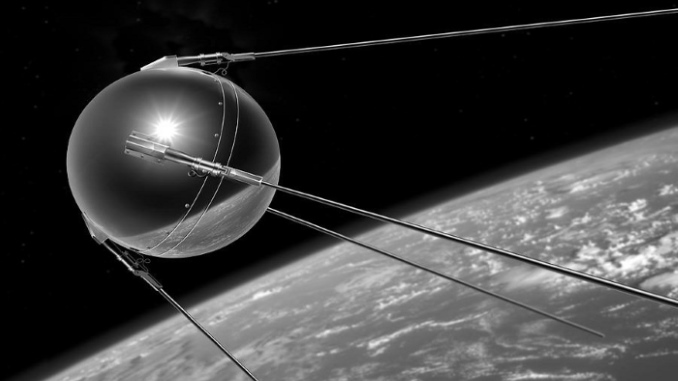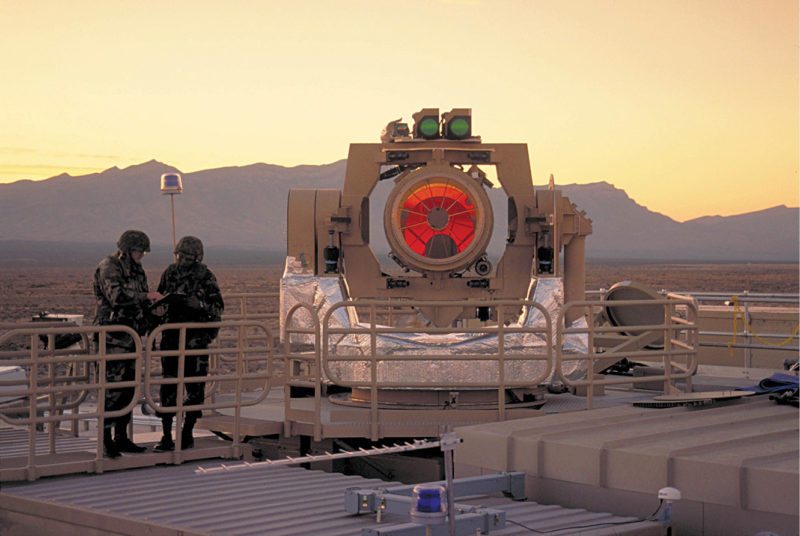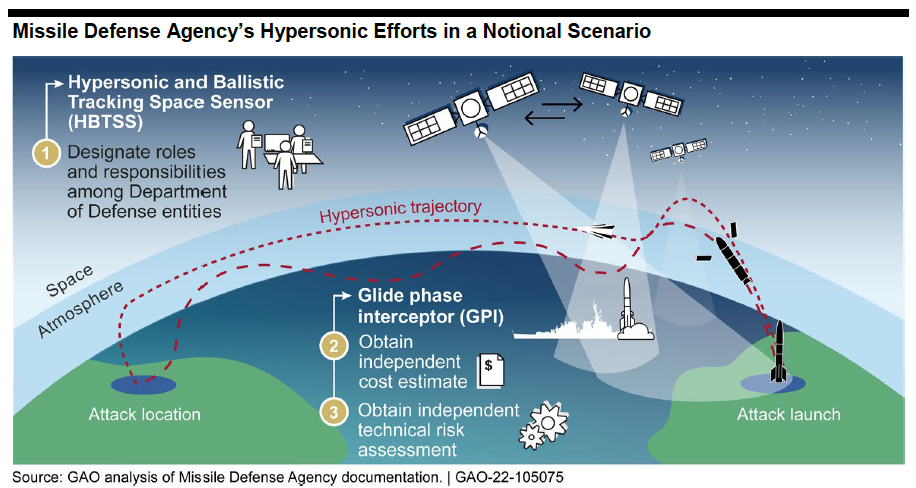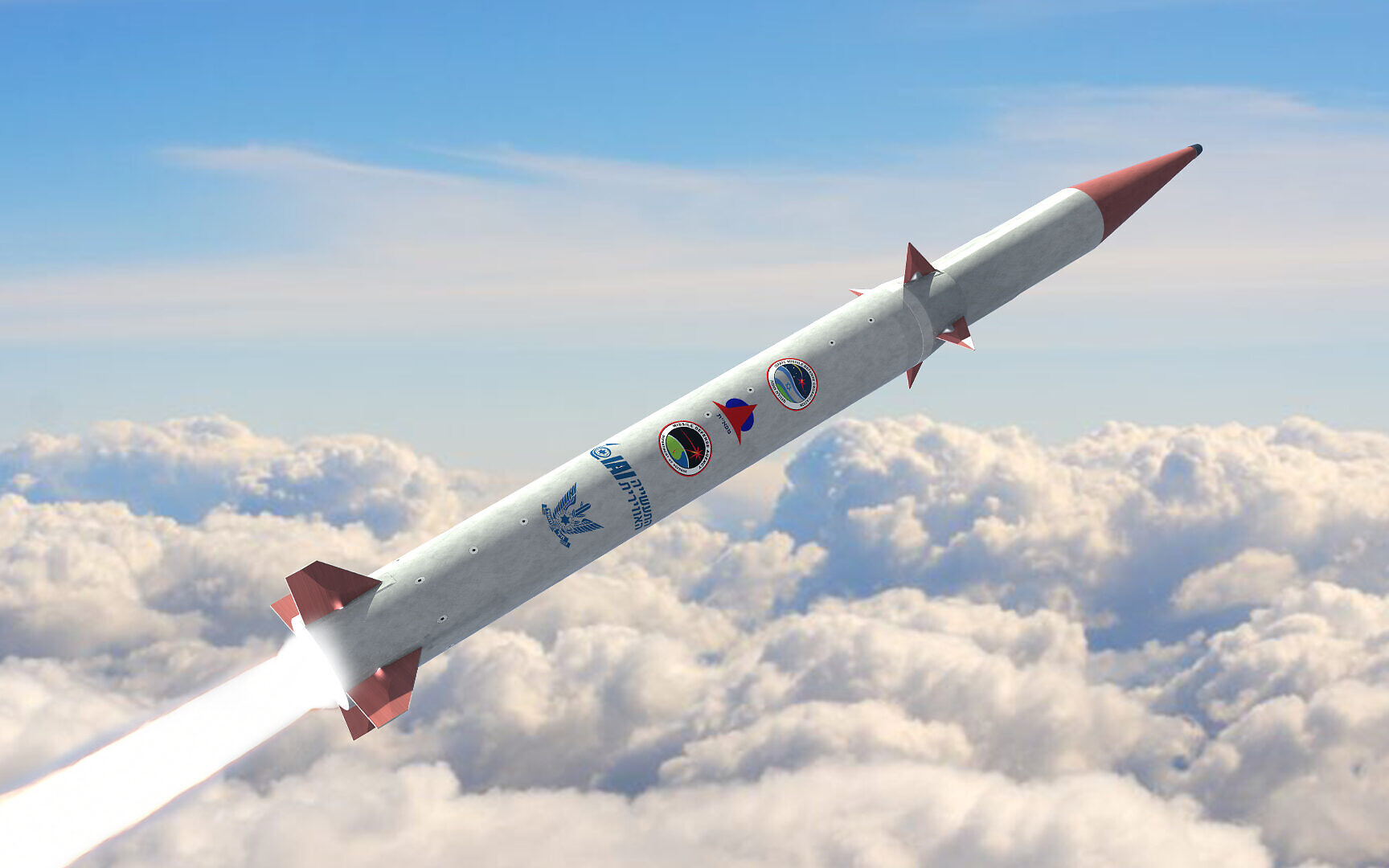Introduction
 |
| Fig:- Sputnik Satellite into space |
The development of missile technology has been a critical component of modern warfare. From the launch of Sputnik, the first artificial satellite, by the Soviet Union in 1957 to the present day, the evolution of missile technology has fundamentally transformed the way we think about warfare. With the development of long-range missiles capable of delivering devastating payloads, the need for effective missile defense systems has become increasingly urgent. In this article, we will explore the birth of missile defense and how it has evolved over time to become a critical component of modern defense strategies.
The Dawn of the Missile Age
 |
| Fig:- Agni V (ICBM) |
The launch of Sputnik marked the beginning of the missile age. This event shocked the world and forced the United States to accelerate its own missile development program. The resulting arms race led to the development of increasingly sophisticated missiles, including intercontinental ballistic missiles (ICBMs) capable of delivering nuclear warheads. The ability to deliver a nuclear payload across great distances made missiles a game-changer in modern warfare.
The Emergence of Missile Defense
 |
| Fig:- U.S. Army's Nike-Zeus system |
With the growing threat posed by ballistic missiles, the need for effective missile defense systems became increasingly urgent. The first attempts at missile defense were based on intercepting incoming missiles with other missiles. The U.S. Army's Nike-Zeus system, developed in the 1950s and 1960s, was one of the earliest missile defense systems to be developed. The system was designed to intercept incoming ballistic missiles by launching Nike missiles at them. The system was tested extensively in the 1960s and was successful in intercepting several test missiles. However, the system was ultimately deemed too expensive and too unreliable to be deployed on a large scale.
The Rise of Strategic Defense Initiative
 |
| Fig:- An Illustration of Strategic Defense System |
In the 1980s, the United States launched a new initiative to develop a comprehensive missile defense system. Known as the Strategic Defense Initiative (SDI), or Star Wars, this program was designed to use advanced technologies, such as lasers and particle beams, to intercept and destroy incoming missiles. The goal of the SDI program was to create a missile defense system that could protect the United States from a Soviet missile attack.
The SDI program was controversial from the start. Critics argued that the program was too expensive and that the technologies being developed were unproven. Supporters argued that the program was necessary to protect the United States from a growing missile threat.
.jpg/220px-White_Sands_Missile_Range_Museum-98_(8326903749).jpg) |
| Fig:- Exoatmospheric Reentry-vehicle Interception System (ERIS) |
The program ultimately failed to achieve its goals. While some of the technologies developed under the program, such as the Exoatmospheric Reentry-vehicle Interception System (ERIS), were successful in tests, the program was never fully implemented. The high cost of the program and the technical challenges associated with the advanced technologies being developed made it difficult to deploy a functional system.
The Evolution of Missile Defense
In the years since the SDI program, missile defense has continued to evolve. Today, missile defense systems are based on a variety of technologies, including interceptor missiles, radar systems, and directed energy weapons. These systems are designed to detect and intercept incoming missiles, both in the boost phase, when the missile is first launched, and in the terminal phase, when it is approaching its target.
 |
| Fig:- The Patriot Missile System |
One of the most successful missile defense systems is the Patriot missile system. The Patriot system was first deployed in 1991 during the Gulf War and was successful in intercepting a number of Iraqi Scud missiles. The system has been continuously upgraded over the years and is now capable of intercepting a wide range of ballistic and cruise missiles.
 |
| Fig:- Terminal High Altitude Area Defense (THAAD) |
Another successful missile defense system is the Terminal High Altitude Area Defense (THAAD) system. THAAD is designed to intercept incoming missiles in the terminal phase, when the missile is approaching its target. The system uses acombination of radar and interceptor missiles to track and destroy incoming missiles. THAAD has been successfully deployed in a number of conflicts, including the Gulf War and the Korean peninsula.
 |
| Fig:- Directed Energy Weapons |
In addition to these traditional missile defense systems, new technologies are also being developed. One promising technology is the use of directed energy weapons, such as lasers, to destroy incoming missiles. These systems are still in development, but they have shown promise in testing.
The Future of Missile Defense
The development of missile technology shows no signs of slowing down, and missile defense will continue to be a critical component of modern defense strategies. As new technologies emerge, missile defense systems will need to adapt to keep up with the evolving threat. One area of research that shows promise is the use of artificial intelligence and machine learning to improve the performance of missile defense systems. These technologies could help to identify and track incoming missiles more accurately and efficiently.
 |
| Fig:- Hypersonic Missile Defense System |
Another area of research is the development of hypersonic weapons, which can travel at speeds of Mach 5 or higher. These weapons pose a significant challenge to traditional missile defense systems and will require new approaches to intercept and destroy them.
Conclusion
From Sputnik to Star Wars, the birth of missile defense has been a fascinating and ever-evolving story. As missile technology continues to advance, so too must our defenses. Whether through interceptor missiles, radar systems, or directed energy weapons, missile defense systems will continue to play a critical role in protecting our nations from the threat of ballistic missiles. With new technologies and approaches emerging all the time, the future of missile defense is sure to be exciting and challenging.
Happy Reading :D

